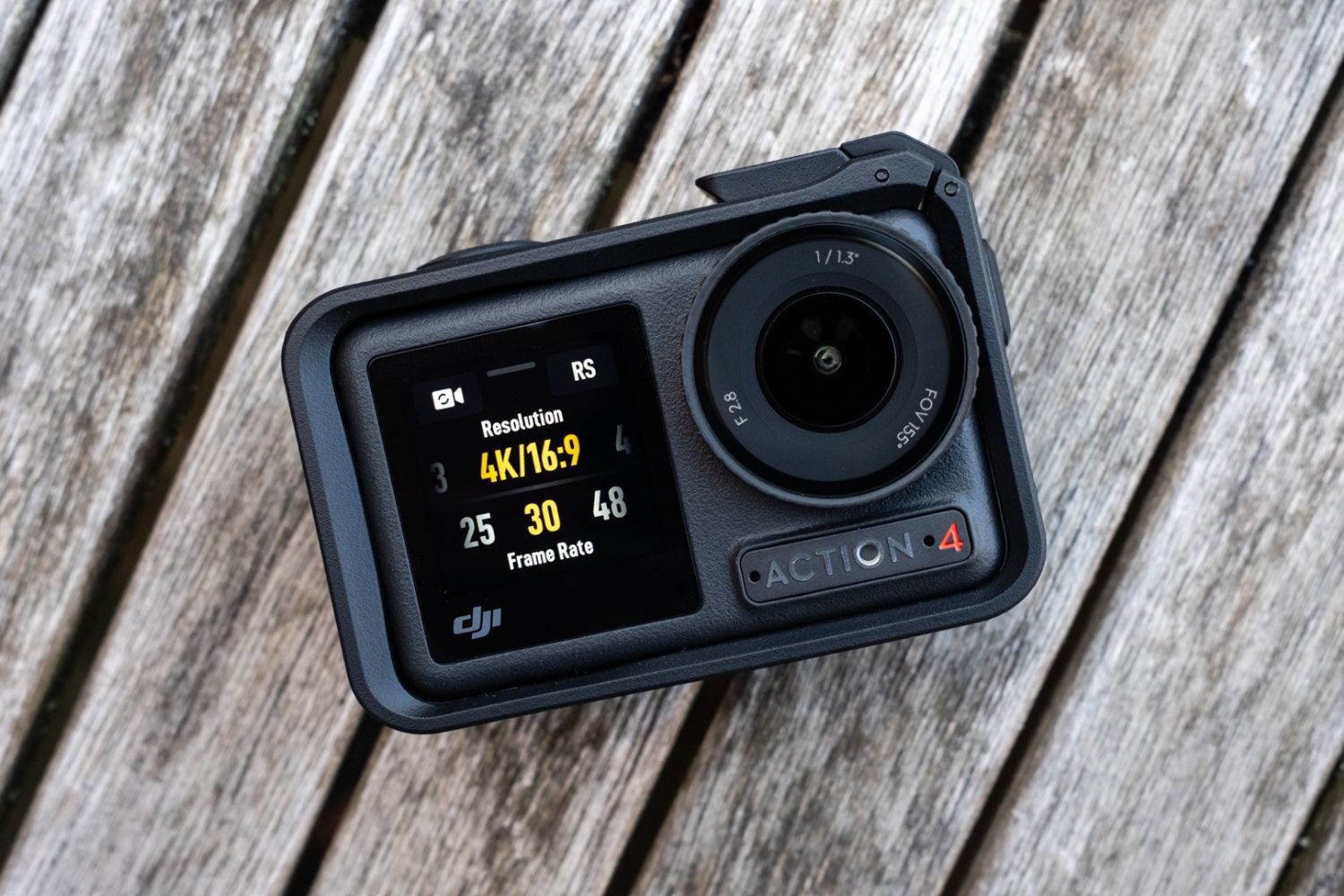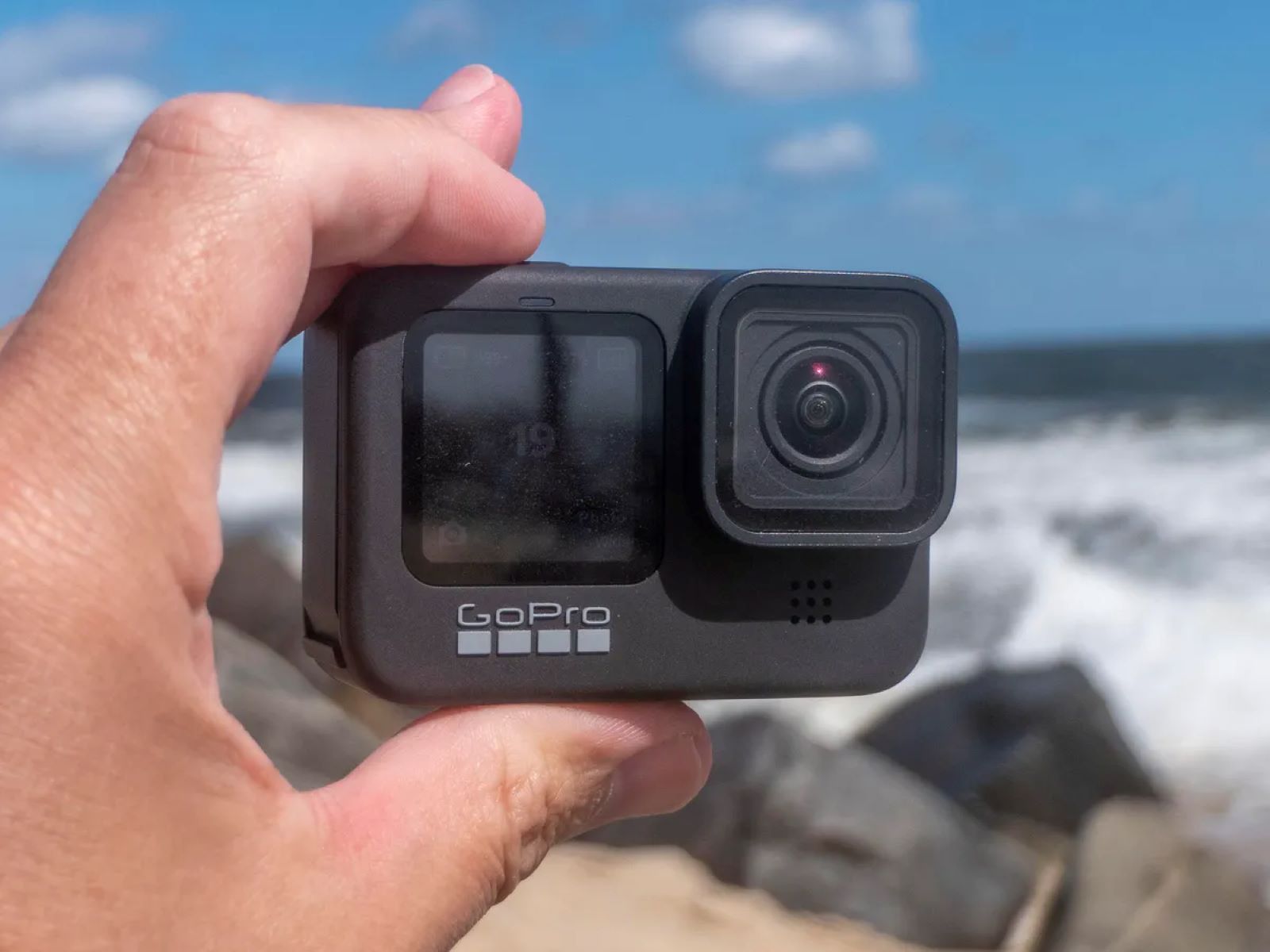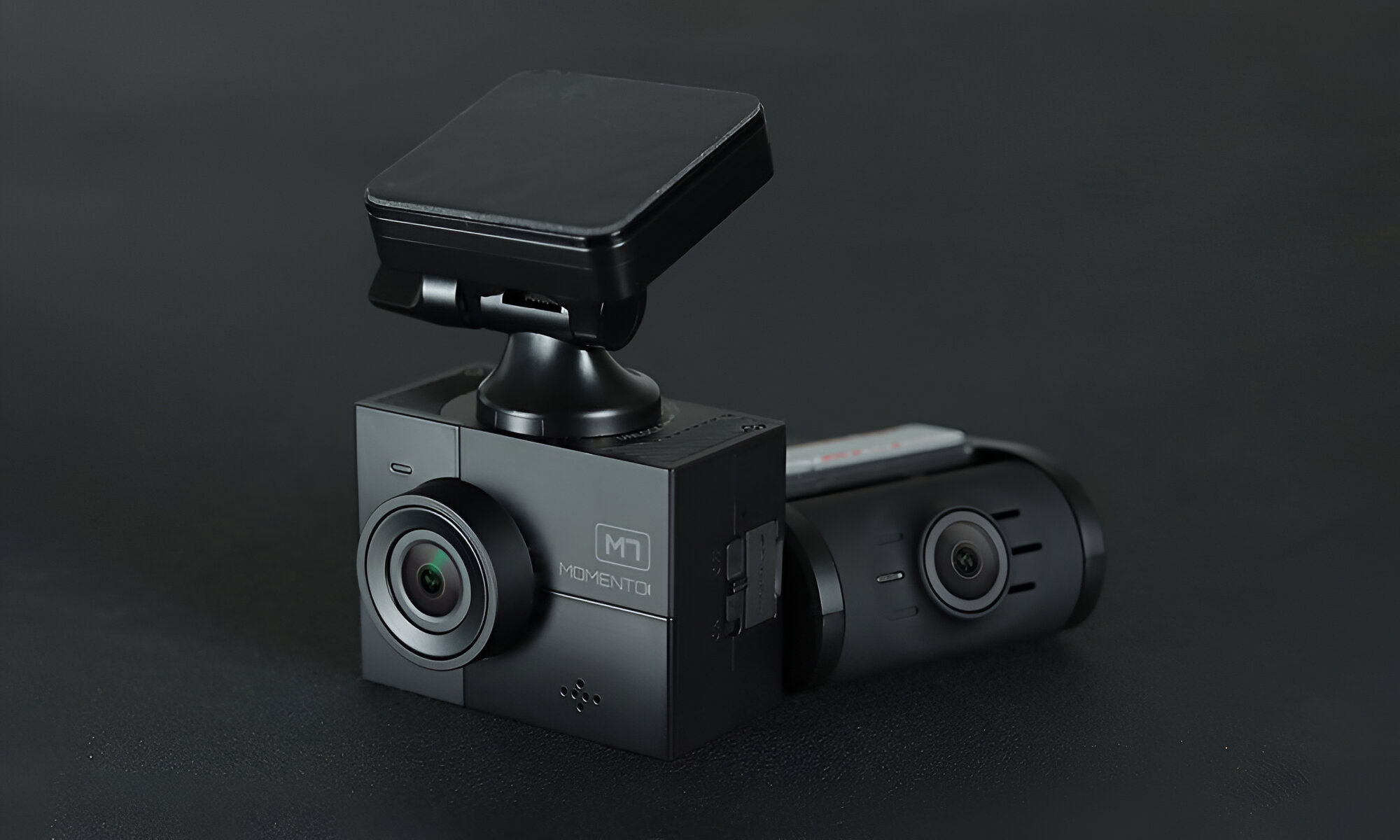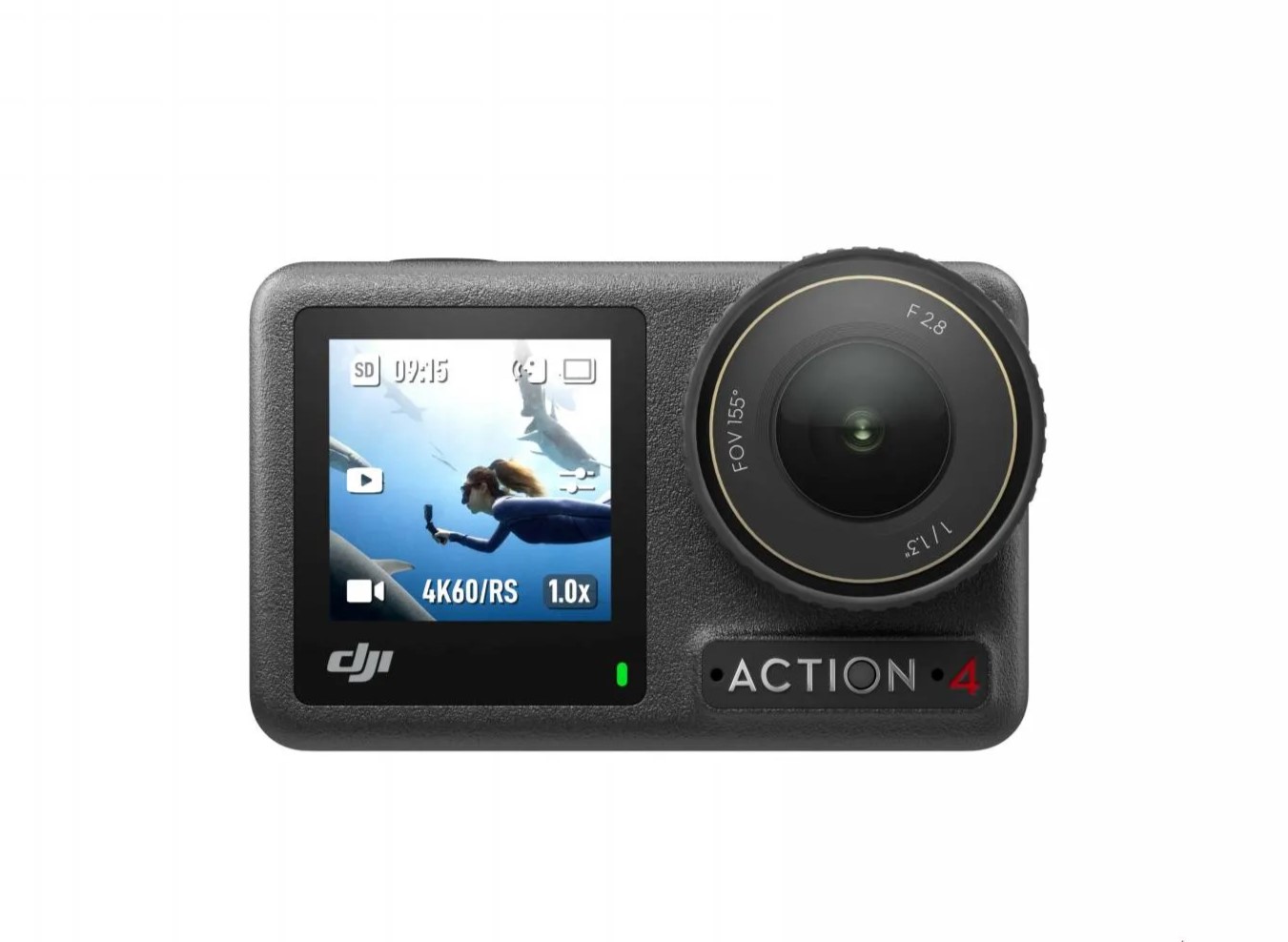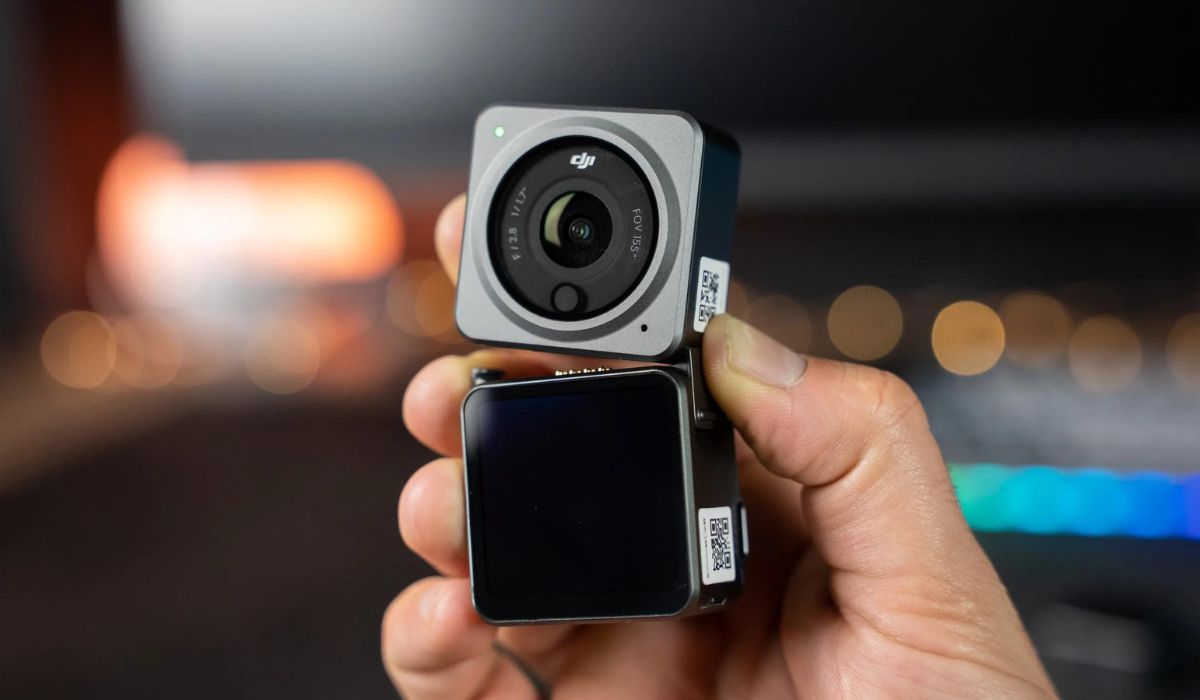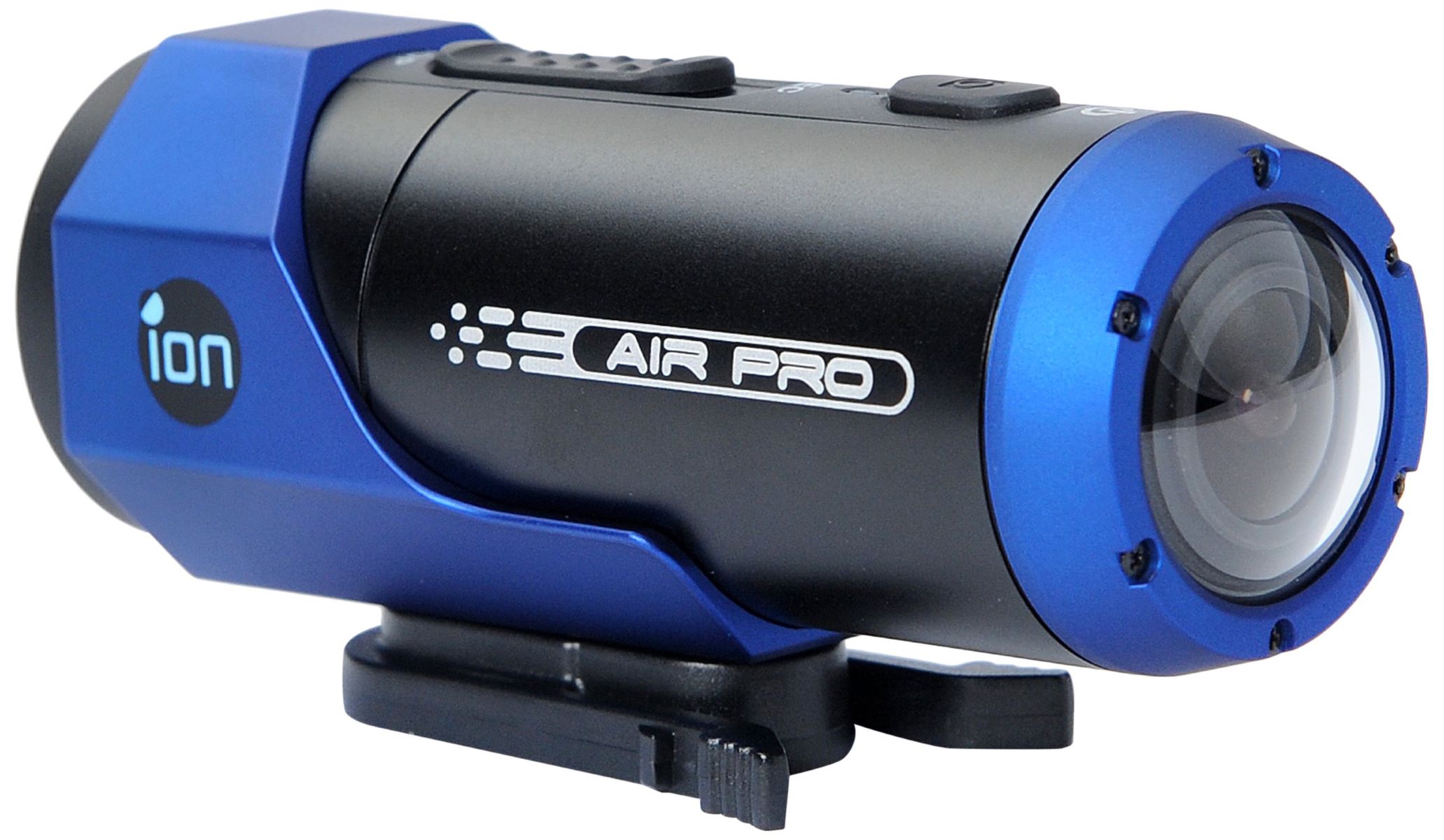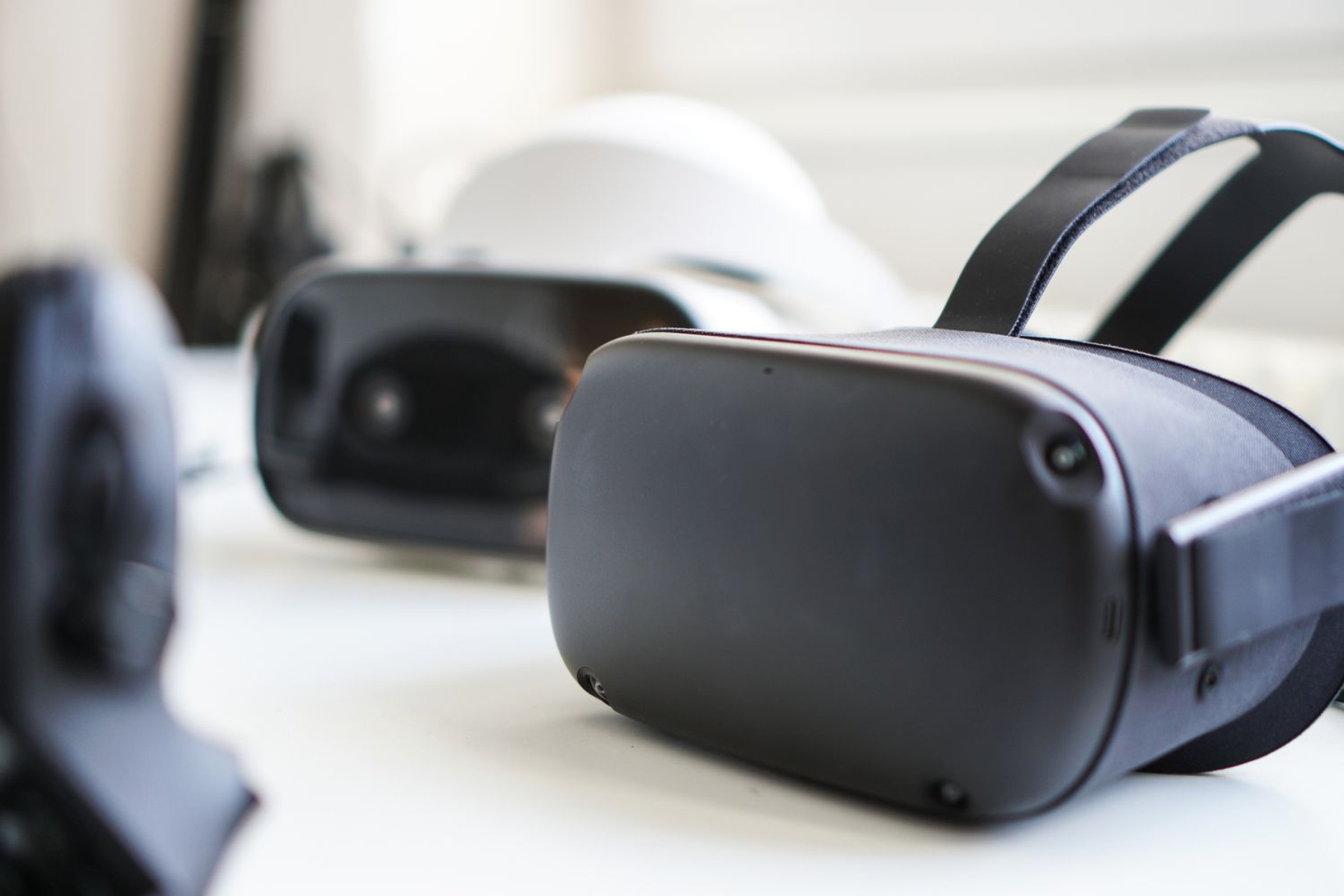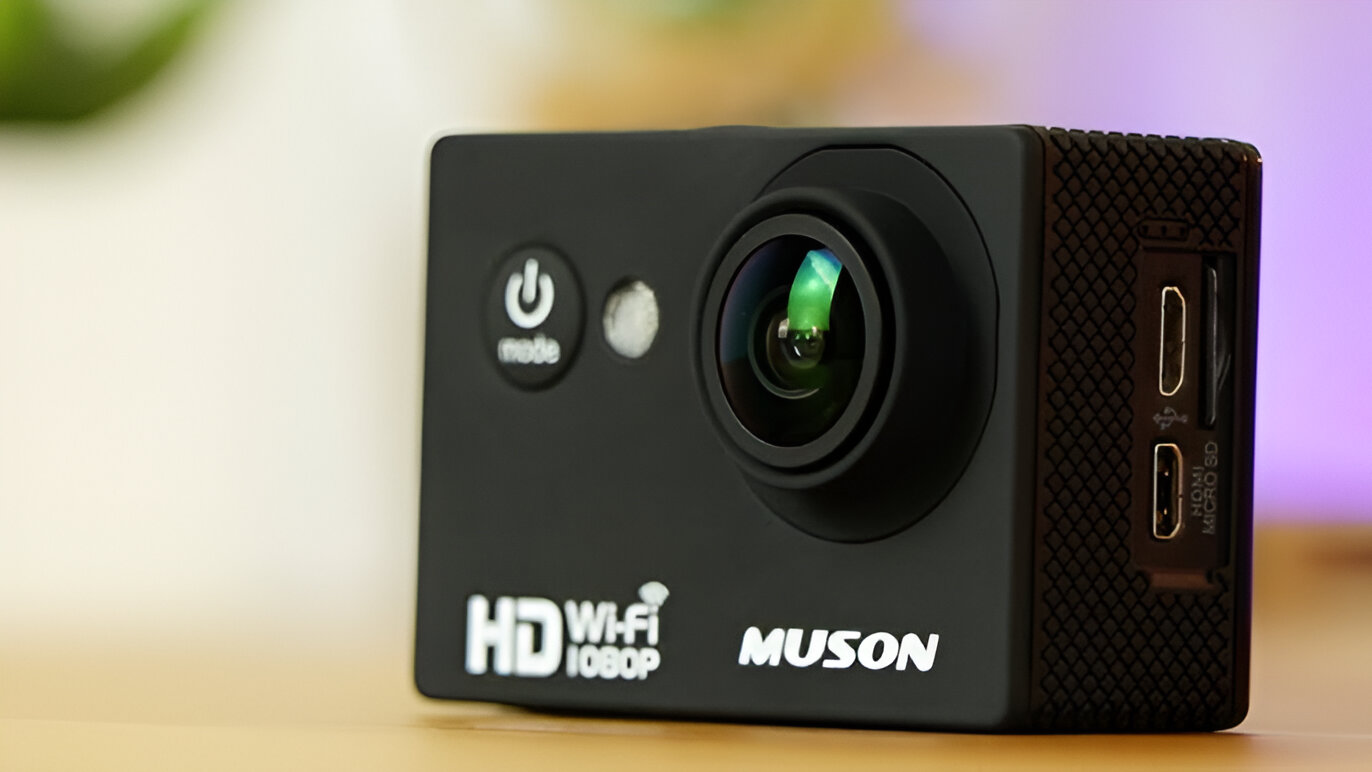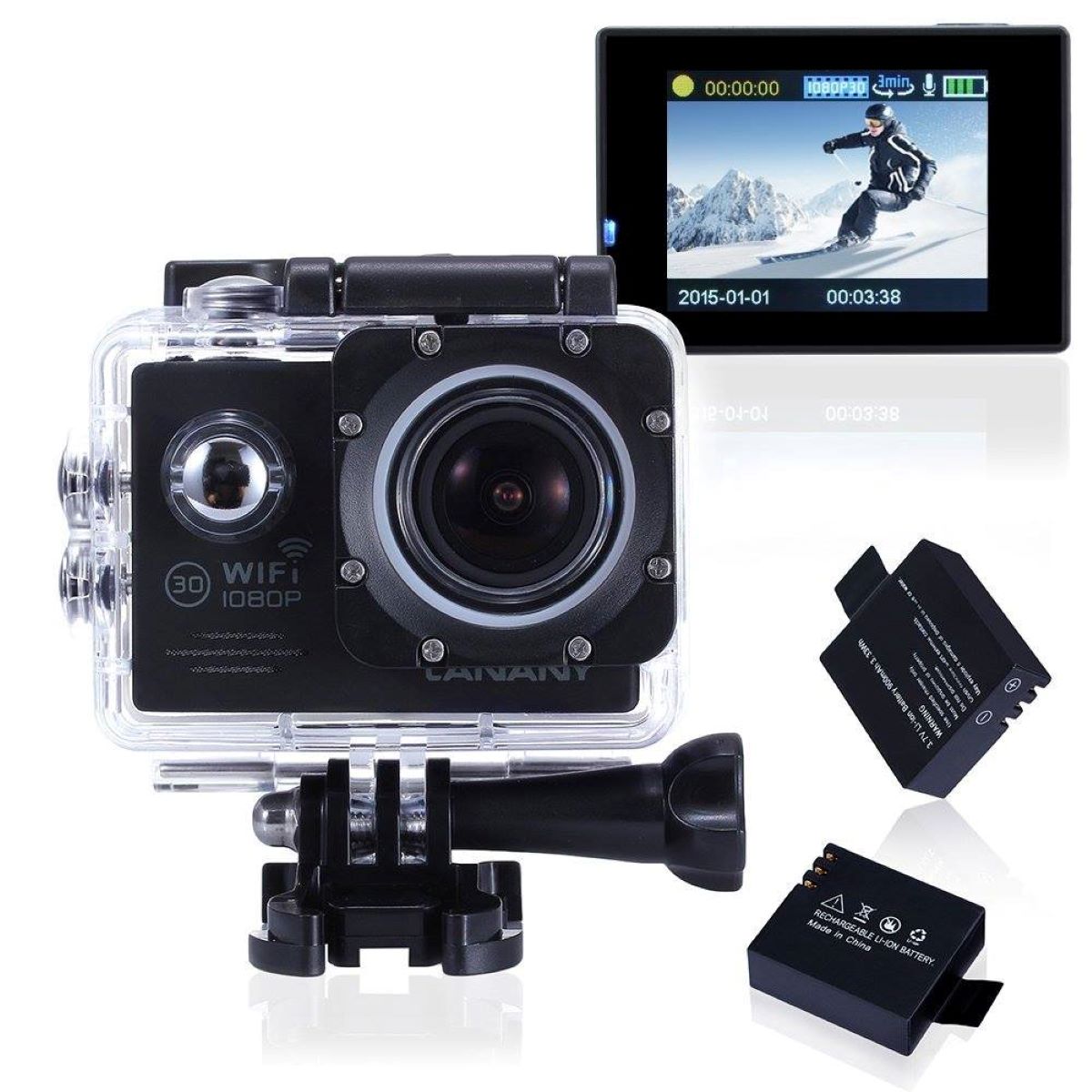Introduction
Action cameras have revolutionized the way we capture and relive our adventures. Whether you're shredding down a mountain on your mountain bike, catching the perfect wave, or skydiving from 10,000 feet, these compact devices allow you to document every exhilarating moment. One crucial aspect of action camera footage is the field of view (FOV), which determines how much of the surroundings is captured in the frame. Understanding and adjusting the FOV can significantly impact the visual storytelling of your adventures.
In this guide, we will delve into the intricacies of adjusting the FOV on various action cameras, providing you with the knowledge to optimize your footage for different activities and environments. From widening the FOV to capture breathtaking landscapes to narrowing it for focused, intimate shots, we will explore the versatility of this feature and how it can elevate your storytelling.
Join us as we navigate the world of action camera FOV adjustments, empowering you to make informed decisions that enhance the visual impact of your adventures. Whether you're a seasoned adrenaline junkie or an aspiring filmmaker, mastering the art of adjusting FOV will undoubtedly take your footage to new heights.
Understanding Field of View (FOV)
The field of view (FOV) of an action camera refers to the extent of the scene that the camera can capture at any given moment. It is often described in terms of angles, such as wide, medium, or narrow, and is a crucial factor in determining the visual perspective of your footage.
Wide-angle FOV, typically ranging from 120 to 170 degrees, is ideal for capturing expansive landscapes, sports activities, and group shots. This setting provides a sense of immersion, making viewers feel like they are part of the action. On the other hand, a narrow FOV, around 70 to 90 degrees, is suitable for capturing focused, detailed shots with minimal distortion, making it perfect for close-ups and interviews.
Understanding the impact of FOV on your footage is essential for crafting compelling visual narratives. Wide FOV can convey a sense of scale and grandeur, while narrow FOV can draw attention to specific details or emotions within a scene. By mastering the art of adjusting FOV, you can effectively control the visual language of your footage, guiding the viewer’s gaze and evoking powerful emotions.
Moreover, it’s important to consider the distortion that comes with different FOV settings. Wide-angle lenses can introduce barrel distortion, which gives a curved effect to straight lines, while narrow FOV minimizes distortion, preserving the natural proportions of the scene. Understanding these nuances empowers you to make informed decisions when adjusting the FOV to suit your storytelling needs.
As we delve deeper into the world of action camera FOV adjustments, you will gain valuable insights into the creative potential of this feature, allowing you to harness its power to elevate your visual storytelling.
Adjusting FOV on Different Action Cameras
Each action camera model offers unique methods for adjusting the field of view (FOV) to cater to diverse shooting scenarios. Understanding how to manipulate the FOV settings on your specific camera empowers you to capture footage that aligns with your creative vision. Let’s explore how to adjust FOV on some popular action camera models:
- GoPro HERO9 Black: The HERO9 Black allows users to select from four FOV options: SuperView, Wide, Linear, and Narrow. SuperView offers the widest perspective, while Narrow provides a more focused view with minimal distortion. To adjust the FOV, navigate to the camera’s settings and select the preferred FOV mode based on your shooting requirements.
- DJI Osmo Action: With the DJI Osmo Action, users can choose between three FOV settings: Wide, Medium, and Narrow. This allows for greater flexibility in capturing various scenes, from expansive landscapes to close-up shots. Access the FOV settings through the camera’s intuitive menu system and select the desired option for your specific shooting needs.
- Insta360 ONE R: The Insta360 ONE R offers a unique modular design, allowing users to swap between different lens modules to achieve varying FOV options. Whether using the wide-angle lens for immersive shots or the narrow lens for detailed, distortion-free footage, the ability to interchange lens modules provides unparalleled versatility in adjusting FOV.
It’s important to consult the user manual or online resources specific to your action camera model for detailed instructions on adjusting FOV settings. Familiarizing yourself with the available FOV options and the corresponding visual effects enables you to make informed decisions when capturing your adventures.
By understanding the FOV adjustment capabilities of your action camera, you can unleash your creativity and adapt to diverse shooting scenarios, ensuring that your footage resonates with your audience and effectively conveys the essence of your experiences.
Tips for Choosing the Right FOV
When selecting the field of view (FOV) for your action camera footage, several factors come into play, each influencing the visual narrative of your videos. Consider the following tips to help you choose the right FOV for different shooting scenarios:
- Storytelling Intent: Determine the story you want to convey through your footage. For expansive, immersive scenes, a wide FOV can capture the grandeur of the environment, while a narrow FOV is suitable for emphasizing specific details or emotions within a scene.
- Activity and Environment: Tailor the FOV to the specific activity and environment you are capturing. Wide-angle FOV is ideal for dynamic sports activities and scenic landscapes, while a narrower FOV may be more suitable for intimate, close-up shots or interviews.
- Distortion Consideration: Be mindful of distortion effects associated with different FOV settings. Wide-angle lenses can introduce barrel distortion, which may enhance the sense of motion and immersion in action-packed scenes, while a narrower FOV minimizes distortion, preserving the natural proportions of the subject.
- Subject Focus: Consider the primary subject or subjects in your frame. A wider FOV can encompass multiple elements within the scene, providing context and scale, whereas a narrower FOV can isolate and emphasize specific subjects, drawing the viewer’s attention to key details.
- Dynamic Adjustments: Experiment with adjusting the FOV during filming to adapt to changing dynamics within a scene. For example, widening the FOV to capture a breathtaking landscape and then narrowing it to focus on a specific point of interest can add depth and visual intrigue to your footage.
By integrating these tips into your decision-making process, you can effectively choose the right FOV to enhance the visual impact of your action camera footage. Understanding the storytelling nuances associated with different FOV settings enables you to craft compelling narratives that resonate with your audience and authentically capture the essence of your adventures.
Conclusion
Mastering the art of adjusting the field of view (FOV) on your action camera is a transformative skill that empowers you to craft visually stunning narratives that authentically capture the essence of your adventures. By understanding the creative potential of FOV adjustments and considering factors such as storytelling intent, activity and environment, distortion effects, subject focus, and dynamic adaptability, you can elevate the visual impact of your footage and immerse viewers in your experiences.
Whether you’re capturing the adrenaline-pumping thrill of extreme sports, the serenity of natural landscapes, or the intimate moments of human connection, the ability to tailor the FOV to suit each scenario enables you to convey the emotions and dynamics of the scene with precision and artistry. From the expansive vistas captured through wide-angle FOV to the nuanced details highlighted by narrow FOV, your action camera becomes a versatile tool for visual storytelling.
As you continue to explore the world of action camera videography, remember that the art of adjusting FOV is not bound by rigid rules but rather guided by your creative vision and the unique narrative you aim to convey. Embrace experimentation, adaptability, and a deep understanding of the visual language of FOV to unleash the full potential of your action camera footage.
With each frame, you have the opportunity to transport your audience into the heart of your adventures, evoking emotions, inspiring awe, and sharing the beauty of the world as you see it. By harnessing the power of FOV adjustments, you can transform your footage into captivating visual stories that leave a lasting impression on your viewers, inviting them to embark on the exhilarating journey with you.







